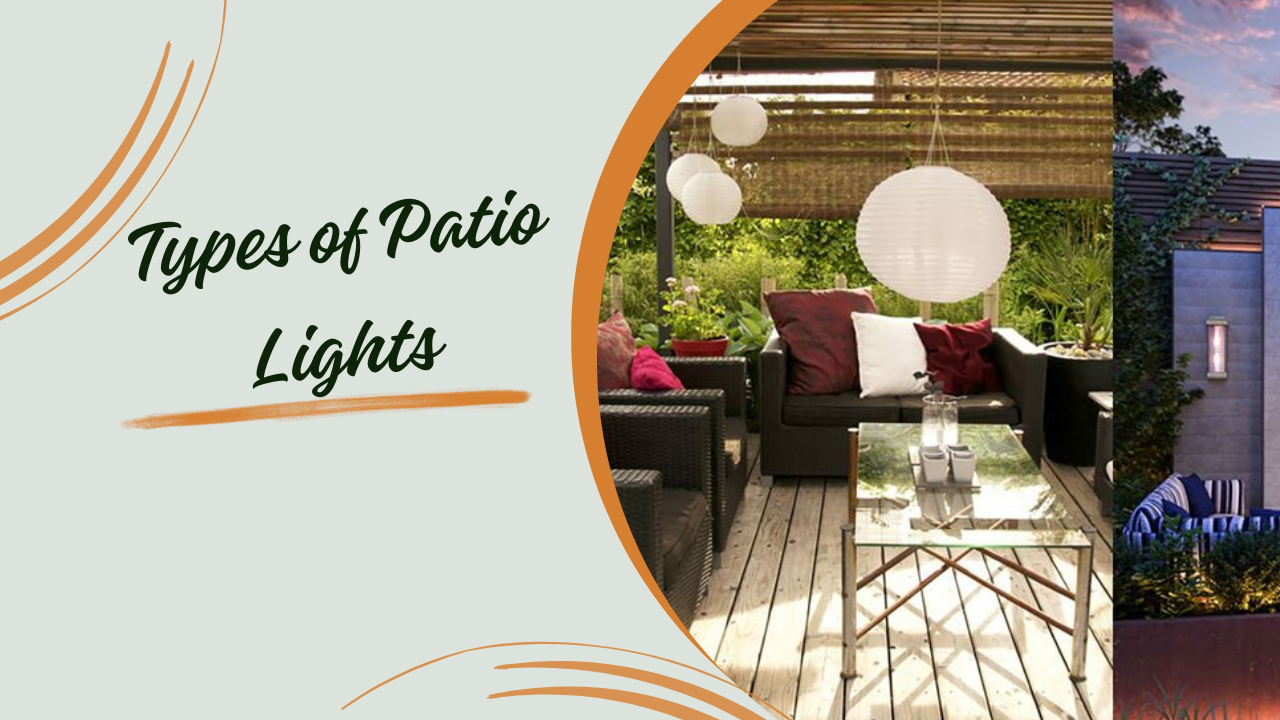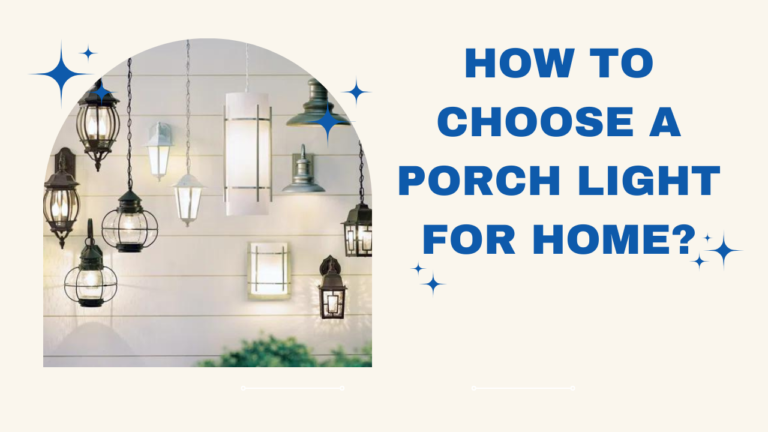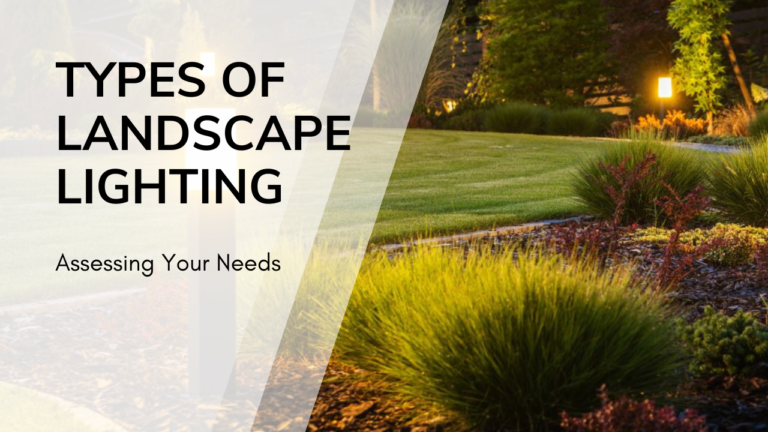How to Choose Patio Lights for Your Home
Choosing the right patio lights for your home can transform your outdoor space into a magical retreat. With so many options available, it’s essential to understand what works best for your needs. This guide will walk you through the process of selecting patio lights, ensuring you make an informed decision that enhances both the functionality and aesthetics of your outdoor area.
Determine Your Lighting Needs
Assess the Purpose of Your Patio Lights
Before diving into the various lighting options, consider why you need patio lights. Are you looking to create a cozy ambiance for evening relaxation, illuminate a pathway for safety, or brighten up a space for outdoor dining? Understanding the primary purpose will help narrow down your choices.
Identify Key Areas to Illuminate
Next, identify the specific areas of your patio that require lighting. This could include seating areas, walkways, steps, and surrounding landscaping. Highlighting these areas not only ensures safety but also enhances the overall appeal of your outdoor space.
Consider the Environment
Think about the environment and how it might affect your lighting choices. For instance, if you live in an area with frequent rain, you’ll need weather-resistant lights. Conversely, if your patio is shaded by trees, you may need brighter options to counteract the natural dimness.
Types of Patio Lights
String Lights
String lights are popular for their versatility and charming look. They can be draped across pergolas, wrapped around trees, or hung along railings. Available in various styles, including fairy lights and Edison bulbs, string lights create a warm, inviting atmosphere.
Lanterns
Lanterns add a touch of elegance to your patio. Whether placed on tables, hung from hooks, or used as pathway markers, lanterns come in various materials such as metal, glass, and bamboo. They can house candles, LED lights, or even solar-powered bulbs.
Path Lights
Path lights are essential for safety, marking walkways, and highlighting garden features. These lights come in different styles, including stake lights, bollard lights, and recessed ground lights. Choose solar-powered path lights for an eco-friendly option.
Wall-Mounted Lights
Wall-mounted lights are perfect for illuminating larger areas. Install them on exterior walls or fences to provide ample lighting for outdoor dining or entertaining. Options range from traditional sconces to modern, minimalist designs.
Spotlights and Floodlights
For functional lighting, spotlights and floodlights are ideal. They offer focused illumination and are perfect for highlighting specific features like statues, trees, or architectural elements. Floodlights provide broader coverage, making them suitable for security purposes.
Power Source Options
Solar-Powered Lights
Solar-powered lights are eco-friendly and cost-effective. They harness sunlight during the day and automatically illuminate your patio at night. However, their performance can be affected by the amount of daily sunlight your patio receives.
Battery-Operated Lights
Battery-operated lights offer flexibility in placement as they don’t require an electrical outlet. They are easy to install and ideal for areas without access to power. Remember to check the battery life and replacement options.
Plug-In Lights
Plug-in lights provide a reliable and consistent power source. They are perfect for areas with accessible electrical outlets. Ensure you use outdoor-rated extension cords and plug covers to protect against weather conditions.
Hardwired Lights
Hardwired lights are a permanent solution that offers reliability and durability. They require professional installation but are ideal for extensive lighting setups. These lights often come with advanced features like dimming options and smart home compatibility.
Choosing the Right Bulbs
LED Bulbs
LED bulbs are energy-efficient, long-lasting, and emit less heat compared to traditional bulbs. They come in various color temperatures, from warm white to cool white, allowing you to customize the ambiance of your patio.
Incandescent Bulbs
Incandescent bulbs provide a warm, inviting glow, making them popular for creating a cozy atmosphere. However, they are less energy-efficient and have a shorter lifespan compared to LEDs.
Halogen Bulbs
Halogen bulbs offer bright, white light and are suitable for task lighting. They are more energy-efficient than incandescent bulbs but still generate significant heat.
Solar Bulbs
Solar bulbs are specifically designed for solar-powered lights. They store energy during the day and provide illumination at night. Ensure they are placed in areas that receive ample sunlight for optimal performance.
Design and Style Considerations
Match Your Home’s Aesthetic
Choose patio lights that complement your home’s architectural style and outdoor decor. Whether your home has a modern, rustic, or traditional look, there are lighting options to match every aesthetic.
Coordinate with Outdoor Furniture
Ensure your lighting choices blend well with your outdoor furniture. Coordinating colors and materials can create a cohesive and visually appealing space. For example, if you have wrought iron furniture, consider metal lanterns or string lights with metal accents.
Experiment with Layering Lights
Layering different types of lights can create depth and dimension in your patio design. Combine ambient lighting (such as string lights) with task lighting (like spotlights) and accent lighting (such as lanterns) to achieve a balanced look.
Installation Tips
Plan Your Layout
Before installation, sketch a layout of where you want each light to go. Consider the placement of electrical outlets, the direction of sunlight, and the overall flow of your patio. This planning step ensures a seamless installation process.
Use Proper Tools and Safety Measures
When installing patio lights, use the appropriate tools and follow safety guidelines. For example, use outdoor-rated extension cords, ensure secure mounting, and avoid overloading circuits. If you’re unsure, consult a professional electrician.
Test the Lights
After installation, test all your lights to ensure they work correctly. Check for any issues such as flickering, dimming, or faulty connections. Make any necessary adjustments to achieve the desired lighting effect.
Maintenance and Upkeep
Regular Cleaning
To maintain the appearance and functionality of your patio lights, clean them regularly. Dust, dirt, and debris can accumulate on the fixtures, affecting their performance. Use a soft cloth and mild detergent to clean the lights gently.
Check for Damage
Periodically inspect your patio lights for any signs of damage, such as frayed wires, cracked bulbs, or rust. Address any issues promptly to prevent further damage and ensure safety.
Replace Bulbs as Needed
Replace burnt-out bulbs promptly to maintain consistent lighting. When replacing bulbs, ensure you use the correct type and wattage to match the fixture’s specifications.
Store Seasonal Lights
If you use seasonal lights, such as holiday decorations, store them properly during the off-season. Coil string lights neatly, wrap delicate bulbs in protective material, and keep them in a cool, dry place to prolong their lifespan.
Conclusion
Choosing the right patio lights for your home involves considering various factors, from the purpose and placement to the type of lights and power sources. By assessing your needs, exploring different lighting options, and paying attention to design and maintenance, you can create a stunning outdoor space that enhances both the beauty and functionality of your home. Remember to plan your layout carefully, follow installation guidelines, and keep up with regular maintenance to enjoy your patio lights for years to come.
For more inspiration and tips on outdoor lighting, check out HGTV’s guide on outdoor lighting, Bob Vila’s tips on landscape lighting, and The Spruce’s ideas for backyard lighting.



